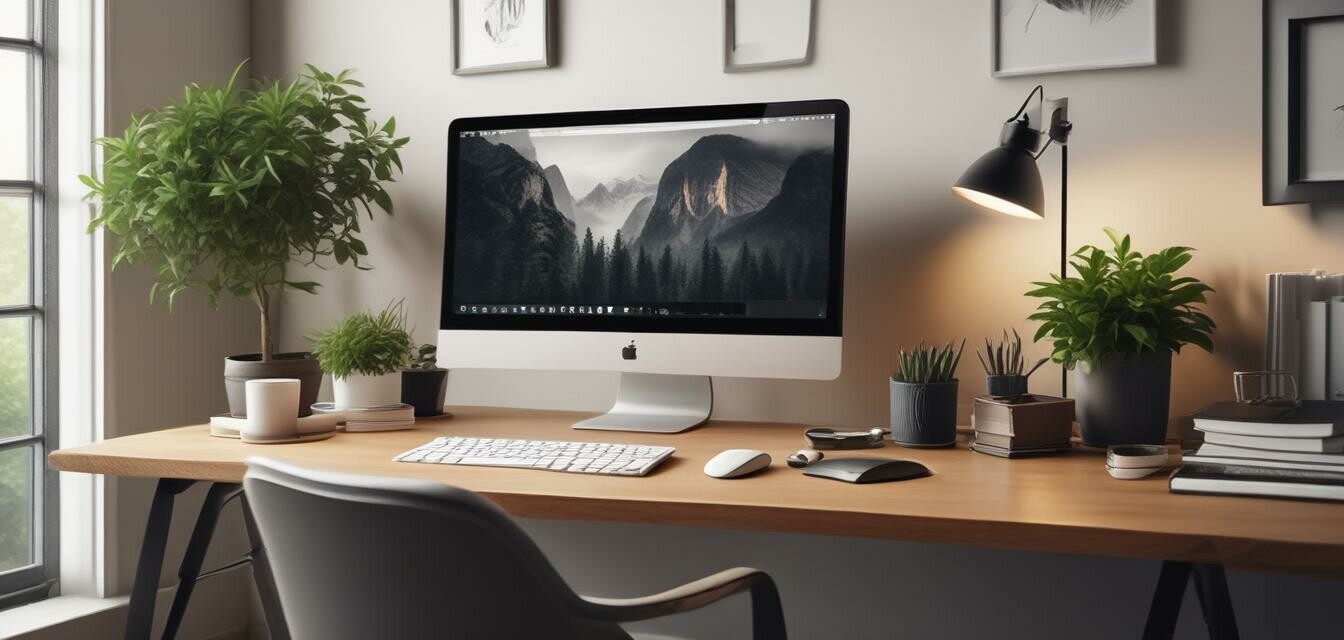
Setting Up Your Dream Home Office on a Budget
Key Takeaways
- Prioritize essential furniture to create a functional workspace.
- Utilize DIY hacks to save money on stylish decor.
- Invest in ergonomic accessories for comfort.
- Consider multi-monitor setups for enhanced productivity.
- Maximize space with effective organization solutions.
Creating your dream home office should not feel like an uphill battle, especially when it comes to your budget. With a few clever hacks and a well-thought-out plan, you can enjoy a workspace that is not only functional but inspiring. In this guide, we will explore various tips and tricks to help you set up your ideal office environment, focusing on budget-friendly ideas that anyone can implement.
1. Prioritize essential furniture
When setting up a home office, the type and quality of furniture you choose is crucial. Below are a few essential pieces to consider:
| Furniture Item | Functionality | Budget Tip |
|---|---|---|
| Desk | Provides workspace for computer and materials | Look for second-hand options or DIY your own |
| Chair | Supports posture during long hours of work | Choose ergonomic chairs on discount or consider a standing desk converter |
| Storage unit | Organizes files and supplies | Use shelving units or repurpose items like crates |
2. Create a functional work area
Your work area should inspire creativity while also being functional. Here are a few ideas:
- Optimize your lighting: Natural light is ideal, but you can also use affordable desk lamps or LED strip lights to brighten your workspace.
- Monitor setup: Consider creating a multi-monitor setup to increase productivity. Look for budget-friendly monitors or use an old laptop as a second screen. Refer to our Buying guides for more tips.
- Personalize the decor: Use your favorite artwork, plants, or DIY decorations to add a personal touch to your office space.
3. Use DIY hacks for decoration
Adding a personal touch doesn't have to cost a fortune. Here are some inexpensive DIY decor ideas:
- Wall Art: Create your own artwork with paint or canvas materials. You can even print inspiring quotes online and frame them.
- Upcycled Furniture: Restore old furniture pieces with fresh paint or new hardware for a modern look.
- Decorative Organizers: Use jars and baskets to create stylish storage solutions for your desk and shelves.
4. Invest in ergonomic accessories
While setting up your home office on a budget, don't skimp on comfort. Ergonomic accessories can help you stay comfortable during long work hours. Here are a few to consider:
- Keyboard and Mouse: Ergonomic models can reduce strain while typing or navigating your computer.
- Chair Cushions: Purchase lumbar support cushions for additional comfort.
- Monitor Stands: These can help elevate your screen to eye level, reducing neck strain.
Pros
- Increased productivity in a well-organized space
- Comfortable and ergonomic design can enhance focus
- Personalized environment promotes creativity
Cons
- Initial setup cost, even on a budget
- Time needed to implement DIY projects
- Potential distractions in a home environment
5. Maximize your space
In small spaces, utilizing every inch effectively is essential. Consider these tips:
- Vertical storage: Use wall-mounted shelves to free up desk space.
- Folding furniture: Opt for desks and chairs that can be folded away when not in use.
- Under-desk storage: Use rolling carts or baskets to keep items organized but easily accessible.
Conclusion
Setting up your dream home office on a budget is entirely achievable with thoughtful planning and creative hacks. By prioritizing essential furniture, utilizing DIY ideas, investing in comfort, and maximizing your space, you can create a workspace that not only meets your professional needs but also inspires productivity.
Tips for beginners
- Start small: Focus on the essentials, then gradually enhance your space.
- Set a budget: Know how much you can spend and stick to it.
- Research before you buy: Look for reviews and recommendations on computer peripherals to ensure quality.